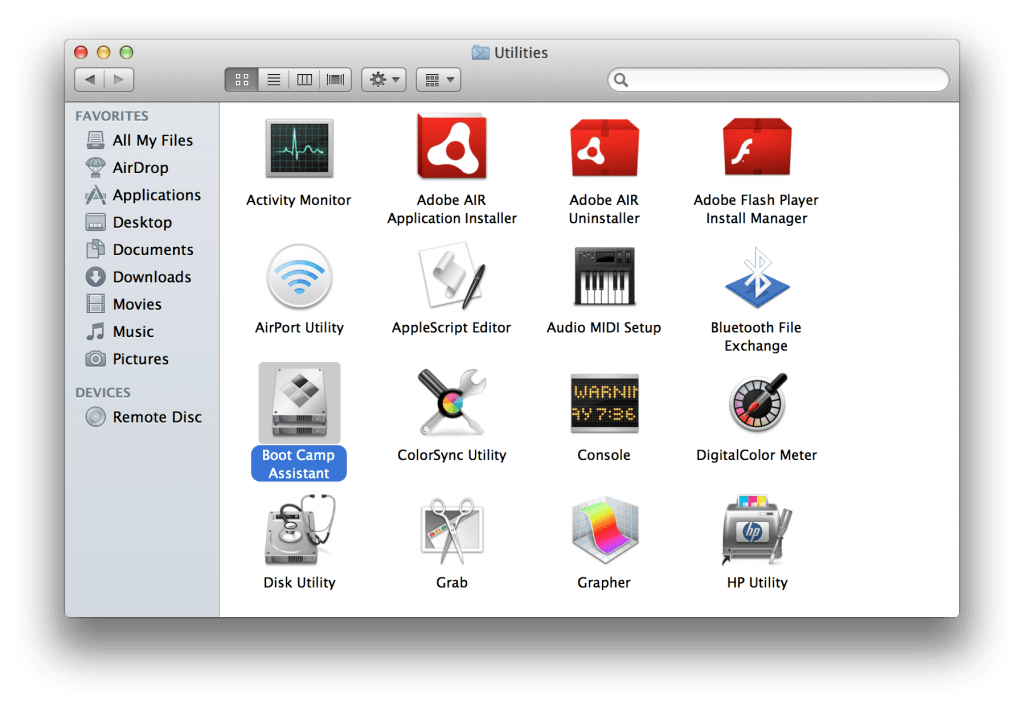


Then we come to that best of both worlds solution: accessing your Boot Camp partition from Parallels. Apple has released support for bootcamping Windows 10, but only on 2012 Macs and later.

You can start with the default and change this later. Next, choose the amount of memory and the number of CPU cores you want the virtual machine to use. Accessing a Boot Camp partition from Parallels Check Import VHDX Image, then click Browse in the Boot ISO Image section, and select the disk image for Windows that you downloaded. What Stuff you Need to Install Windows 11 or 10 on Your Mac via Boot Camp Assitant using External Drive An eligible Mac that I have listed in this article An. You can even set Windows apps to be the default application for certain file formats. Right-click on an image file on the macOS desktop, for example, and choose Open With, and Windows art applications will appear in the dropdown menu alongside the native Mac apps. Boot Camp Assistant will create the bootable Windows 10 USB. Select the Windows 10 ISO image from Mac's internal storage and select Continue. Select Continue, and check the option to Create a Windows 10 or later install disk. The Mac disks appear as Network Locations from within Windows, as if they are a NAS drive. To create a bootable Windows disk using BootCamp: Go to Finder > Applications > Utilities and launch Boot Camp Assistant. Likewise, Windows apps have full read/write access to the Mac partition, so you can use their File | Open dialogs to open and save files. If, for example, you have an image saved in your macOS folders that you want to edit in, you simply drag and drop it from Finder into the application. Whether you’re running apps in full desktop or Coherence mode, one huge advantage of Parallels over Boot Camp is that you can just drag and drop files between them. Installing Windows on a Mac (or any other computer) is perfectly legal.


 0 kommentar(er)
0 kommentar(er)
